6. I’m not fat either. I’m just an athlete with extra (okay a lot of extra) fuel.
7. It’s convenient to represent the energy in food using calories (i.e., as the heat food gives off when we burn it), because when our bodies metabolize food we are literally “burning” that food to create heat, potential energy in the chemical bonds of adenosine triphosphate (ATP), and mechanical work when the ATP is broken. In addition, both processes require the use of oxygen. Thus, we can quantify energy by either measuring the heat given off by a chemical reaction or by the oxygen consumed in that reaction.
8. I said I was sorry.
9. A power meter like the CycleOps PowerTap measures mechanical energy or work by measuring the amount of physical force applied to the rear hub and the distance that hub travels or spins. Mechanical energy is measured in Joules, which is different than a calorie. One calorie is equal to 4.186 joules or roughly 4 joules per calorie.
The human body, however, isn’t perfectly efficient, meaning only a fraction of the calories we burn while riding a bike gets turned into mechanical work or joules that moves the pedals. Most of those calories we burn are wasted as heat lost to the world. Specifically only about 1 out of every 4 calories we burn gets converted to joules or useful work.
Since the conversion of joules to calories is roughly 4 joules to 1 calorie, the two cancel one another out, such that 1 joule of work measured by a power meter is roughly 1 calorie burned by the body. On a power meter, work is normally given in kilojoules or kj’s so 1000 kj’s of work is equal to about 1000 kilocalories or kcals which by US convention is equal to 1000 Calories (with an upper case “C”) of food.
By measuring someone’s exact efficiency in the laboratory we can get a pretty good estimate of the calories they burn when riding with a power meter in the field. This is how we measure and know how many calories riders burn when they compete in races like the Tour of California. Long story short, if their power meter says they did about 3500 kilojoules or kjs, they’ve burned a little over 3500 Calories or kcals.
10. The CDC reports that 35.7 percent of Americans are obese. Obesity itself is closely associated with heart disease, stroke, type-2 diabetes, and certain types of cancer, making obesity the leading cause of preventable death. In 2008, the US spent $147 billion dollars on medial costs related to obesity and on average the medical costs for people who are obese are $1,429 higher than those who are normal weight. Those costs continue to climb.
11. A typical professional cyclist who weighs on average 154 pounds will burn 700 to 900 Calories per hour during a typical stage of the Tour of California. At 3 to 6 hours a day that’s a range between 2,100 to 5,400 Calories with an average day coming in at 3,500 Calories on the bike. Add an additional 2000 to 2500 Calories for daily living and resting metabolic rate and on average a pro-cyclist will consume between 5,000 to 7,000 Calories per day. An average person may only need 1,500 to 2,500 Calories per day to maintain a normal weight.
12. There are 3,500 Calories in 1 pound of fat. Just in case you were wondering.
Related Articles:
- Are You Overestimating Calorie Burn?
- Calorie Counting: Helpful or Unproductive?
- The Diet Detective: Know Your Calories
 Find more nutrition tips.
Find more nutrition tips.
- 2
- of
- 2
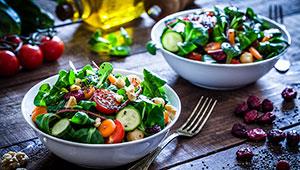
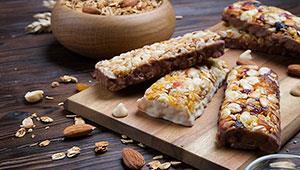
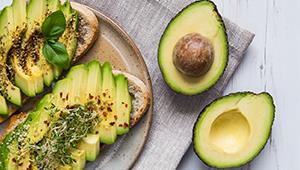
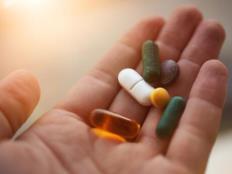


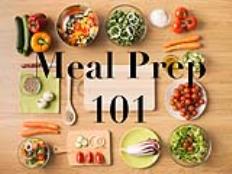
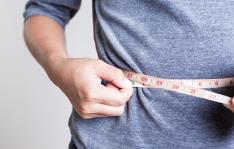
Discuss This Article